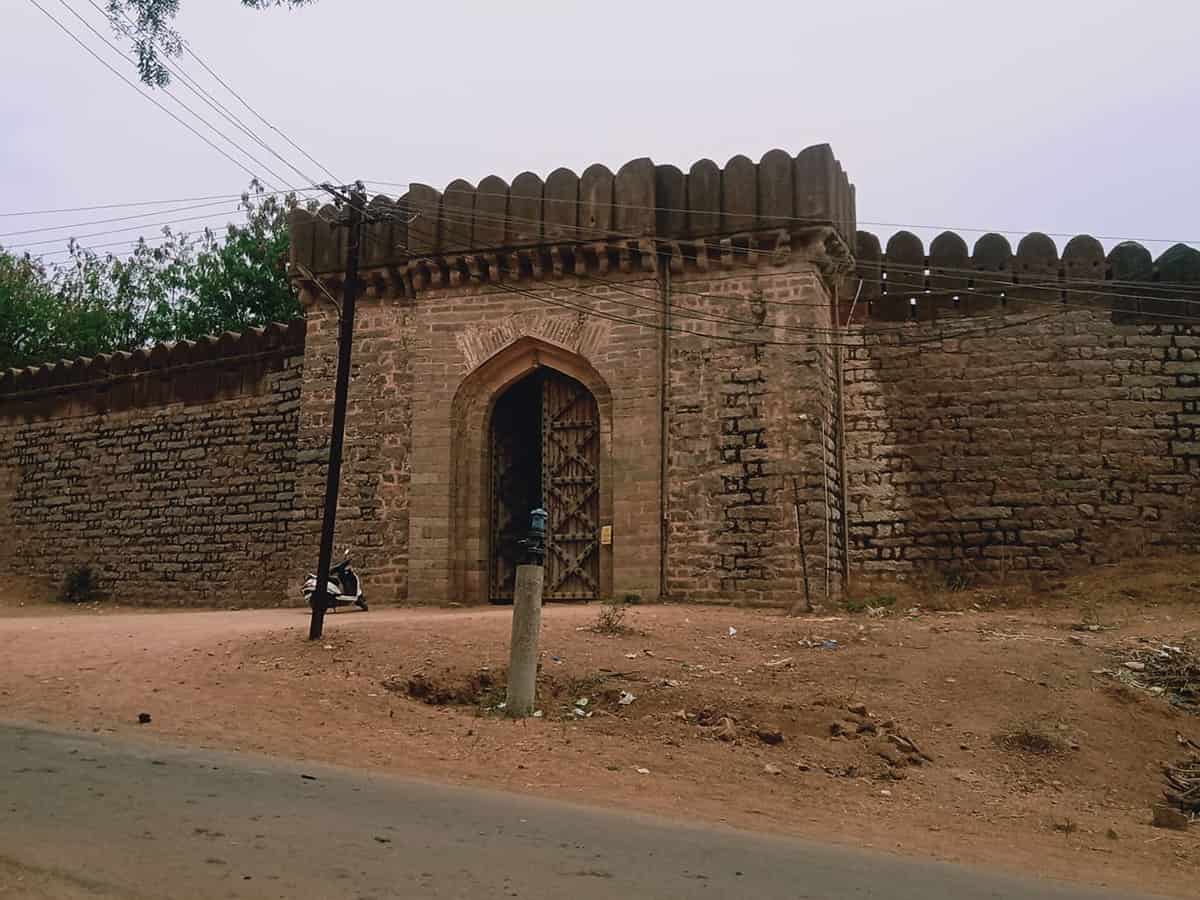
Hyderabad: The Domakonda Fort project located in Kamareddy, about 116 km, has been conferred the UNESCO Asia – Pacific Award for Cultural Heritage Conservation – Award of Merit for 2022.
Thirteen projects from six countries were selected by UNESCO from a total of the 287 entries it received this year.
The UNESCO representative at the awards ceremony said that the Domakonda Fort is a private initiative that has successfully restored cultural space for the community and the project has generated appreciation for creating community pride.

For the conservation of Domakonda Fort, well-known Conservation Architect Anuradha Naik was appointed chief consultant.
The project is a private initiative undertaken by Anil Kamineni one of the descendants of the erstwhile Domakonda Samasthan family, and his wife Shobana, with the required permissions of the Archaeological Department.

Naik commenced work at Domakonda Fort in 2011 and has completed most of the work by 2022. Local craftsmen were trained to a high level of proficiency and locally sourced material was used to the greatest extent. Naik said: “The past decade has charted a challenging but very worthwhile journey and this recognition by UNESCO is inspirational.”
“The conservation work is an ongoing process which was started a few decades ago by my father Mr K Umapathy, and there is still work to be done,” Anil Kamineni observed.
“The process is truly sustainable with linkages between arts, crafts and culture, which is being promoted through our Domakonda Fort & Village Development Trust,” said Ms Shobana Kamineni.
Domakonda was a Samasthan under the Qutb Shahis and Asif Jahs.
Raja Rajeshwara Rao I built the Domakonda fort in 1786 AD at a site where a fort existed earlier.
The fort was constructed on a circular plan and has two ways to enter one on the east and the other on the west and there are four bastions in four directions. Two places and one temple complex are situated in the fort.
Hyderabad State under the Nizams had about 16 Samasthans, mostly spread over Telangana.



